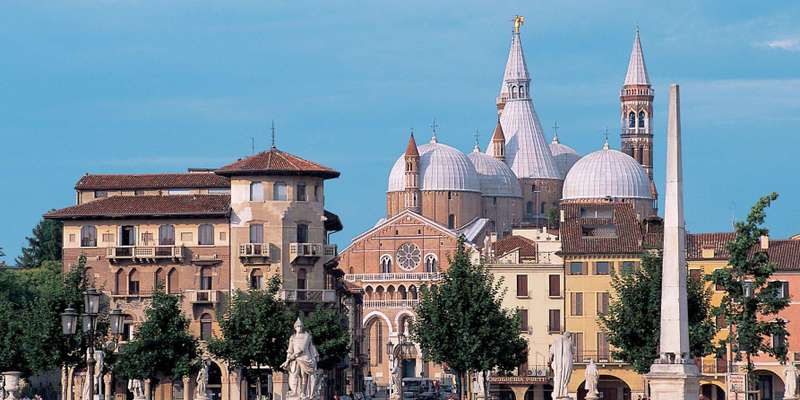- Home
- Useful Tips
- Senior-friendly routes through...
Exploring Padua's historic university district can be challenging for senior travelers, with uneven cobblestones, crowded walkways, and limited seating areas causing frustration. Over 60% of visitors aged 65+ report cutting their exploration short due to discomfort, missing out on Renaissance marvels like Palazzo Bo and Café Pedrocchi. The area's rich academic history spanning 800 years deserves leisurely appreciation, yet many seniors struggle to navigate the labyrinthine streets without local knowledge of accessible pathways. This creates unnecessary stress in what should be a joyful immersion in one of Italy's oldest learning centers, where Galileo once lectured and anatomical theaters first opened.


Navigating cobblestone streets without exhaustion
The university district's charm lies in its medieval layout, but the very cobblestones that create its character pose difficulties for those with mobility concerns. Start your exploration along Via VIII Febbraio, the district's widest thoroughfare with smoother pavement and frequent benches. This artery connects major landmarks while offering respite points. For reaching the Anatomical Theater, take the wheelchair-accessible side entrance on Via San Francesco rather than the historic main stairs. Locals know that mornings before 10am offer the quietest walking conditions, when student crowds are thinner and you can admire the historic university courtyards at peace. Carry a compact folding stool for impromptu breaks near the Herb Garden's shaded perimeter.
Strategic rest stops with historical value
Padua's university quarter cleverly integrates sightseeing with natural resting points. The Orto Botanico, a UNESCO-listed botanical garden founded in 1545, provides shaded benches amidst medicinal plants Galileo studied. Its eastern gate has ramp access. Café Pedrocchi's ground-floor 'green room' welcomes non-patrons to sit amid neoclassical splendor, with staff happily pointing seniors to their elevator. Don't miss the Palazzo del Bo's accessible first-floor courtyard, where you can admire university crests while seated. These aren't just rest stops but immersive experiences - the Anatomical Theater's ground-level ticket area displays fascinating replicas of Renaissance medical tools for those who can't manage the steep original gallery stairs.
Elevator-equipped accommodations near key sights
Staying within the university district eliminates stressful cross-town journeys. The Hotel Majestic Toscanelli offers elevator access and is just 200 meters from Palazzo Bo, with staff trained to advise on accessible routes. Their ground-floor breakfast room features historic university district maps. For budget-conscious seniors, the Pensione Seguso provides a rare historic building elevator and rooms facing quiet courtyards. Both properties keep medical assistance contacts on hand and can arrange taxis to the Scrovegni Chapel that drop you directly at its accessible entrance. Morning walkers will appreciate being steps from the pedestrianized market squares where you can people-watch over espresso without navigating far.
Local-guided alternatives to crowded group tours
While standard university tours involve prolonged standing, specialized local operators understand senior needs. Look for guides who incorporate seated demonstrations - some recreate Galileo's experiments in accessible ground-floor rooms of Palazzo Bo. The 'Padua for All' initiative offers private tours with folding stools and routes avoiding steep bridges. Their guides carry tablets showing 3D reconstructions for spots with limited access. For self-guided options, the university's app now highlights barrier-free paths with estimated bench-to-bench walking times. These solutions transform what could be an exhausting challenge into comfortable discovery of Padua's academic legacy, from its historic Jewish quarter to the hidden courtyard where Europe's first female university graduate taught.



